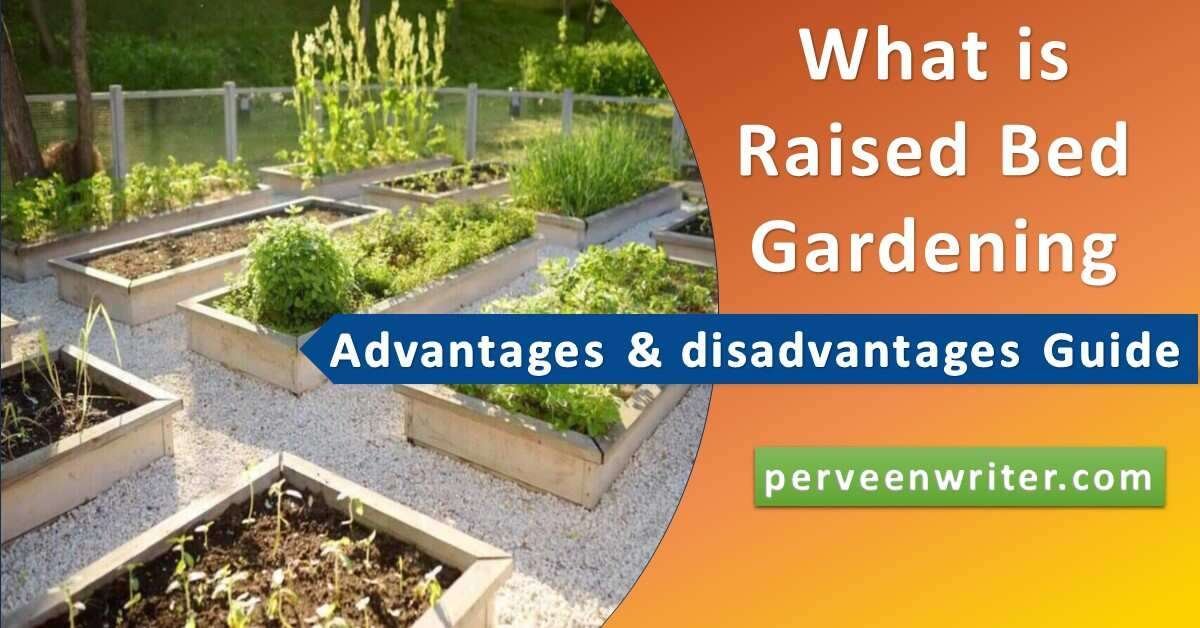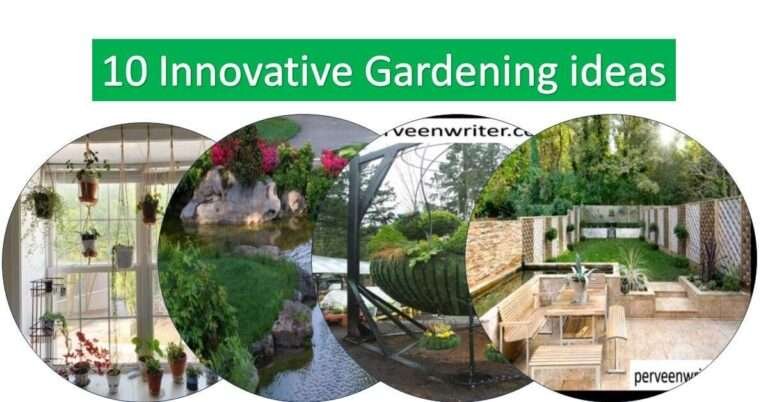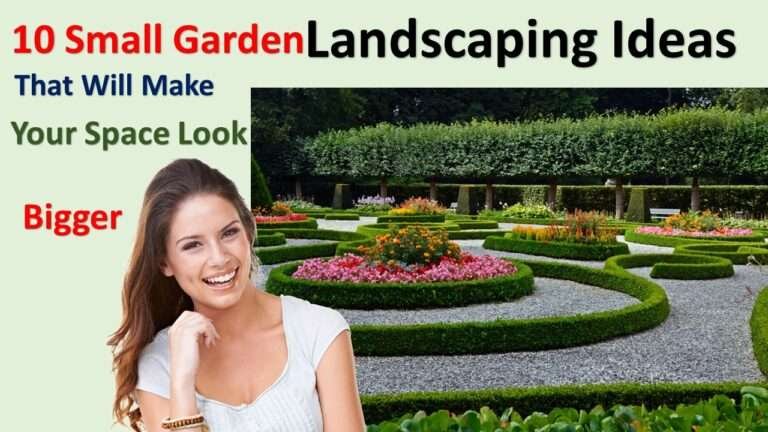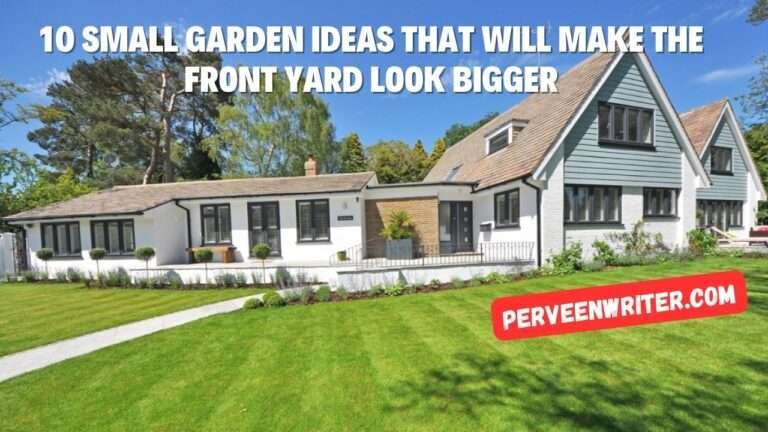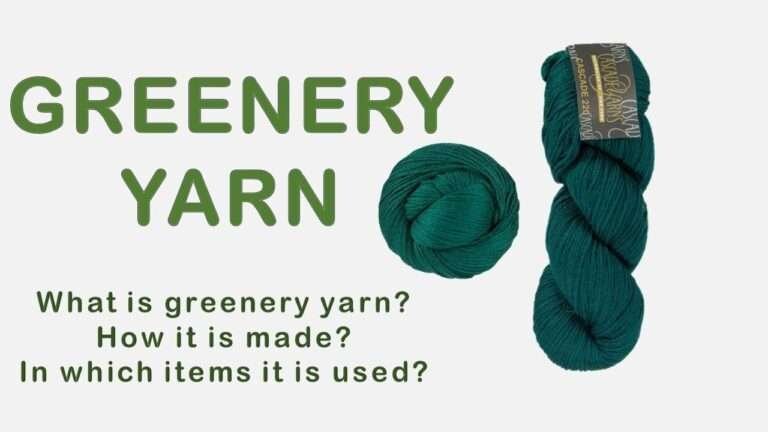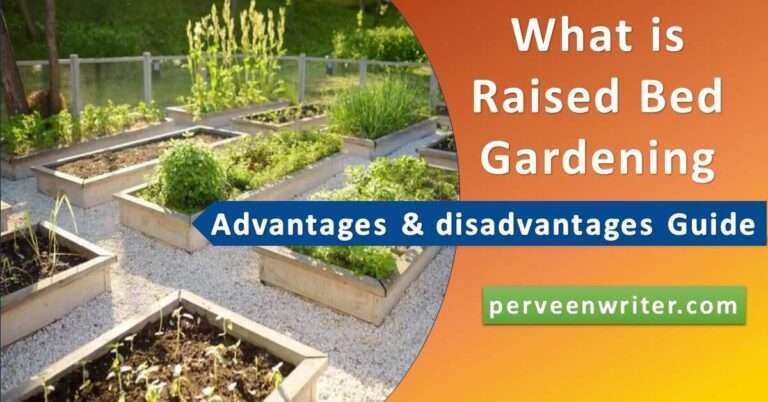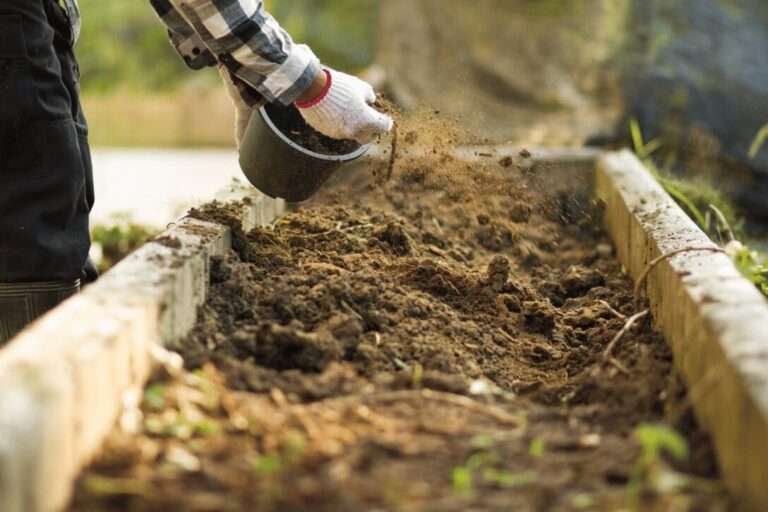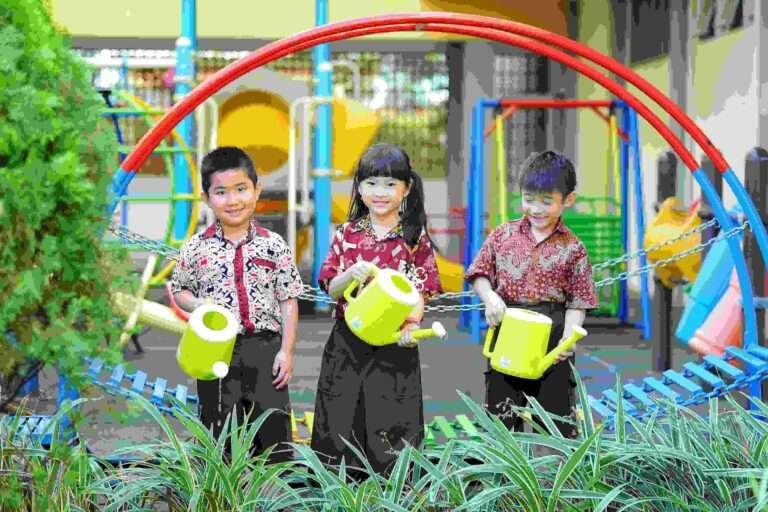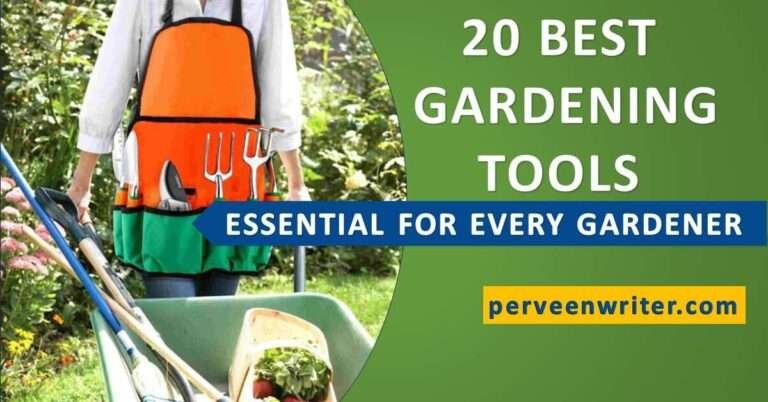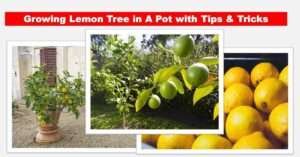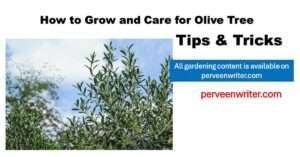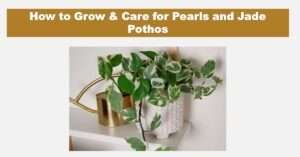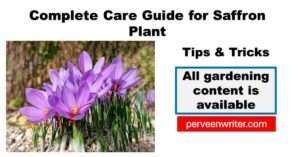What you will read in this Blog?
ToggleWHAT IS RAISED BED GARDENING?
Raised bed gardening is a type of soil raised above ground level. The raised bed gardening structure is made of wood, bricks, or concrete. It can be any size and shape.

Structure of Raised Bed Gardening:
This structure is arranged in such a way that plants are fully grown. Their leaves barely touch each other. The raised bed gardening structure is made so that air passes through easily. Every plant gets oxygen and light.

We provide quality
Want to contact?
Overview
Raised beds are used to develop complex agriculture systems. They can prevent soil from erosion. They use low water and nutrients. In this way, we can save more space for planting. This type of gardening can be harvested, planted, and maintained using hand tools.
This type of gardening is more useful with square-foot gardening and companion planting.
Raised bed gardening material:
<style=”color: #332c39; font-size: 17px; letter-spacing: 1.1px;”>
Another material for making raised beds is sleepers combined with steel or iron rods. These rods help to hold them together. Another material is concrete. These materials are less expensive. They are easy to make and use.
There are also constructed raised bed garden options available. They are more durable. They don’t break during bad weather. They can not transfer any chemical into the soil.
A double-skinned wall provides an air pocket of insulation that lessens the temperature. This lower temperature slows down the process of the soil in the garden bed.
Sometimes, raised bed gardens are covered with clear plastic bottles. These plastic bottles protect the plants from strong winds and rain. These plastic bottles are strong.
Pre-built raised bed gardening boxes are also available in the market. You can avail of this service by searching them in the gardening-related market.
Benefits
There are many advantages of raised bed gardening. Some of them are listed below:
Increased soil drainage:
Compost, sand, and other well-draining materials fill raised beds. This aid avoids waterlogging of the soil, which can harm plant roots.
Warm soil:
Compared to in-ground gardening, raised beds warm up earlier in Spring. Worm soil enables the fast growth of plants.
Reduced Weed:
Raised bed gardening reduces the chance of weeds. Raised bed gardening is done above the ground level. It does not support weeds.
Better access:
Raised bed gardening is easy to access. It is more accessible than in-ground gardening. It is above ground level, so it is easy to maintain and water the plants. We can move around the bed easily. We can see all around the plant grown in raised beds.
Increased yields:
Raised bed gardens produce more yield in compare to in-ground gardening. There is a great drainage system, warmer soil, and less weed growth.
More adaptability:
It is a great advantage that a raised bed garden can be grown in any part of your house. This garden bed may be as small or large as your requirement. This garden can be made according to our desire and shape.
Summary:
Raised bed gardening is done in small places. It is done by making soil beds. These beds can be made above ground level. This ground level is low. This bed can be made with compost and mixed fertilized soil. We can grow different vegetables, fruits, and herbs.
There are many benefits of raised bed gardening. These advantages are more than disadvantages. So start it today!
Which items can be grown in raised bed gardening?
Some vegetables are grown in raised bed gardening. Some of them are given below:
- Onion
- Tomatoes
- Potatoes
- Green leaf vegetables
- Coriander
- Spearmint, locally called “Pudina.”
- Okra
- Radish
- Carrot
- Garlic
Important FAQs
Look for a spot in your yard that receives morning sun because it is less powerful than late afternoon solar. Your raised-bed garden should be situated somewhere with at least 8 hours of sunlight daily.
A level bed is ideal for this since you want the soil moisture in your bed to be distributed evenly. Additionally, nutrients dissolved in water will move to the lowest point. Level beds ensure the uniform distribution of chemicals and other additives to the soil.
Therefore, you need topsoil if the soil in your garden is very shallow or if you are creating new garden beds, replacing an existing grass, or installing raised beds and adding new soil.
A sunken garden:
A sunken garden is a type of garden that is planted in a waterless climate. In this process, clay walls are built up, and water is given to plants by filling the bed “cells.”
The sunken garden refers to traditional gardening. This gardening is the inverse of raised bed gardening. It is done lower than the ground level.
